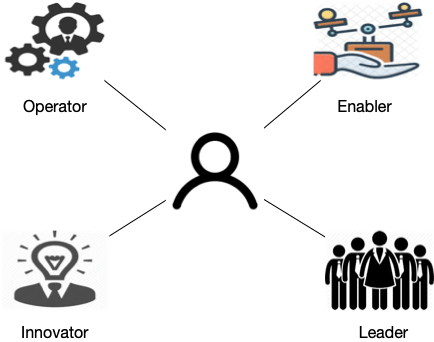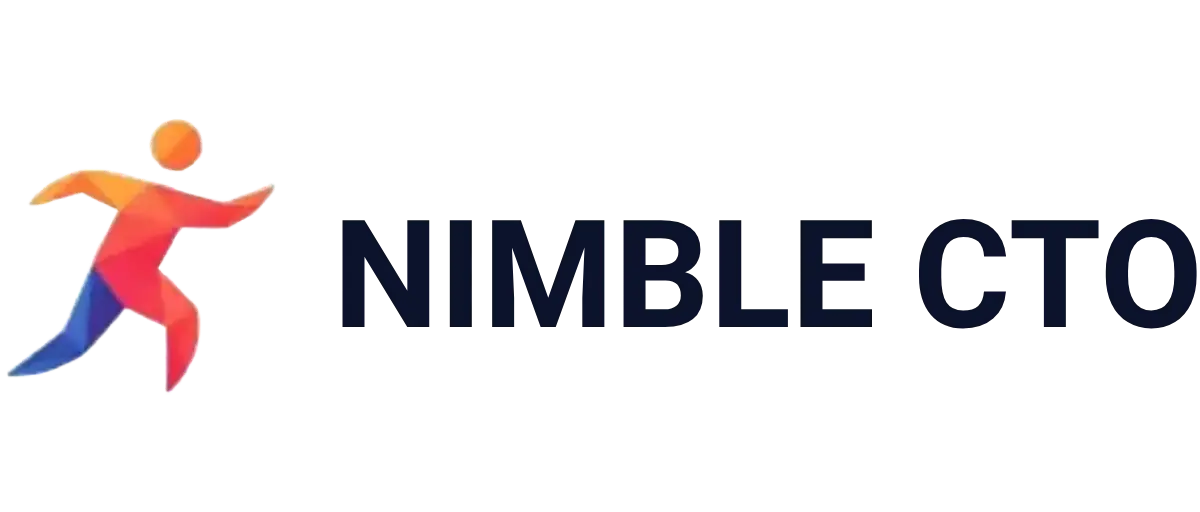The chief technology officer (CTO) is one of the least understood and most broad of all c-suite positions. The role also varies quite a bit at different company stages. What one company expects of its CTO may be entirely different from what the next company expects. The CTO is often responsible for numerous abstract goals such as identifying emerging technologies and innovations. Success and progress can be difficult to quantify and inconsistently defined. However, no matter if a company is operating out of the garage or as a billion-dollar unicorn, the CTO is responsible for one key mission: making sure that the organization’s technology fully serves its business strategy.
In very small startups, where a CTO is often one of the founders, the CTO is a skilled developer with strong software development expertise, architectural designer, cloud-based infrastructure expert, knowledgeable security operator, feasibility validator, and so on. This CTO often writes code, makes day to day implementation decisions across numerous infrastructure components, mentors other engineers, and helps build the very first customer solutions.
As startups mature and reach an inflection point where scalability is a higher priority than hands-on development, the CTO’s role is often more about leading others, implementing operational best practices, and navigating the challenges of building a scalable technology platform that supports the growing business. As usual, the CTO is still an experienced developer and architect, but pure development-related tasks take the back seat. Instead of coding, the CTO shapes the technology strategy and manages engineering efforts.
One way to define the CTO role and ensuring that it is aligned with business priorities is to use four personas within an organization and tailor the CTO role to the organizational goals.
 Below are the four most common CTO personas and how each contributes to business goals.
Below are the four most common CTO personas and how each contributes to business goals.
Technology Operator
The CTO is focused on defining, deploying, and operating the technology organization’s day-to-day. The primary goal is to meet an agreed-upon delivery of technology products and services in support of the existing business model. The CTO is heavily involved in build vs. buy decisions for both technologies and services.
Typical responsibilities include:
- Predict and stay ahead of any technical inflection points that might significantly affect the company. Running and maintaining product operations through product management, vendor management, cloud presence, communications, and security.
- Actively monitoring, responding, and resolving incidents in support of internal and external systems to ensuring that products and services are performing as they are expected.
- Leading procurement decision making, implementation, optimization, and ongoing support of technology in support of the business.
Enabler
The CTO ensures that the technology is operating as intended and evolving with the business including operating the platform and leading a product-led team of software engineers, data scientists, site reliability engineers, and support engineers.
Ensuring that business and customer needs are met is essential and coordinating responsive technology delivery, focused leadership, and a chain of command is a high priority. The CTO is working across business and technology disciplines to govern and guide technology decisions.
Typical responsibilities include:
- Experimenting with tools, workflows, best practices, and technologies leading to making key investment decisions.
- Working collaboratively with product and engineering teams to develop new products, make enhancements, and resolve incidents.
- Ensuring that the appropriate risk assessments are made when introducing new information and operational technology into the organization.
Innovator
As a technology visionary and change agent, the innovator provides leadership to architects, innovation managers, technology specialists, and product managers.
Typical responsibilities include:
- Collaboratively and effectively develop, articulate, and continually evolve the company’s technology vision and strategy. The CTO brings the proper balance between business and technology strategy, distilling both mainstream and emerging technologies into the key trends that indicate where the company needs to go next.
- Serving as the central point for technology innovation by leading a team of software engineers, site reliability engineers, and data science engineers in an agile, continuous integration, and continuous deployment (CI/CD) approach.
- Modernizing infrastructure, leveraging technologies including hybrid multi-cloud, containerization, and automation.
Leader
The technology business leader focuses on efficiently leveraging innovative technologies to support an organization’s business model, products, and services. The CTO must have a deep understanding of technology trends, insight into how other organizations are leveraging these technologies to innovate, and knowledge of how these technologies could potentially be applied within the organization.
The CTO often “pushes” technology toward the main business functions. Responsible for creating the company’s digital business strategies, the CTO becomes the leader of the teams that will architect the required digital platforms.
Typical responsibilities include:
- Advise and provide the CEO with different “options” on the long-term technical strategic direction of the company and provide sufficient information for deciding what is the best large strategic technical bets.
- Working with business executives to identify, rationalize, and plan business models and capabilities.
- Leading the organizations that drive innovative and strategic thinking for the company, such as architecture, product management, innovation management, and R&D.
- Decision-making authority for innovation-driven technology investments.
- Working with business functions to understand customer and market requirements in order to translate them into digital products and services.
- The CTO must help source, identify new talent, and inspire new technologists to join the technology organization.
- The CTO must help set and maintain the technical culture to make sure the company can continue to retain and attract top technical talent.
These personas are intended as a guide more than as an exhaustive list. There are additional common CTO personas such as technology evangelist, lead inventor, and core product designer. Regardless of the combination of persona, the most important take-away is that the CTO and their organization agree on what the role means in its unique context. Through this shared understanding, the CTO can work closely with business leaders to meet business goals.


No responses yet